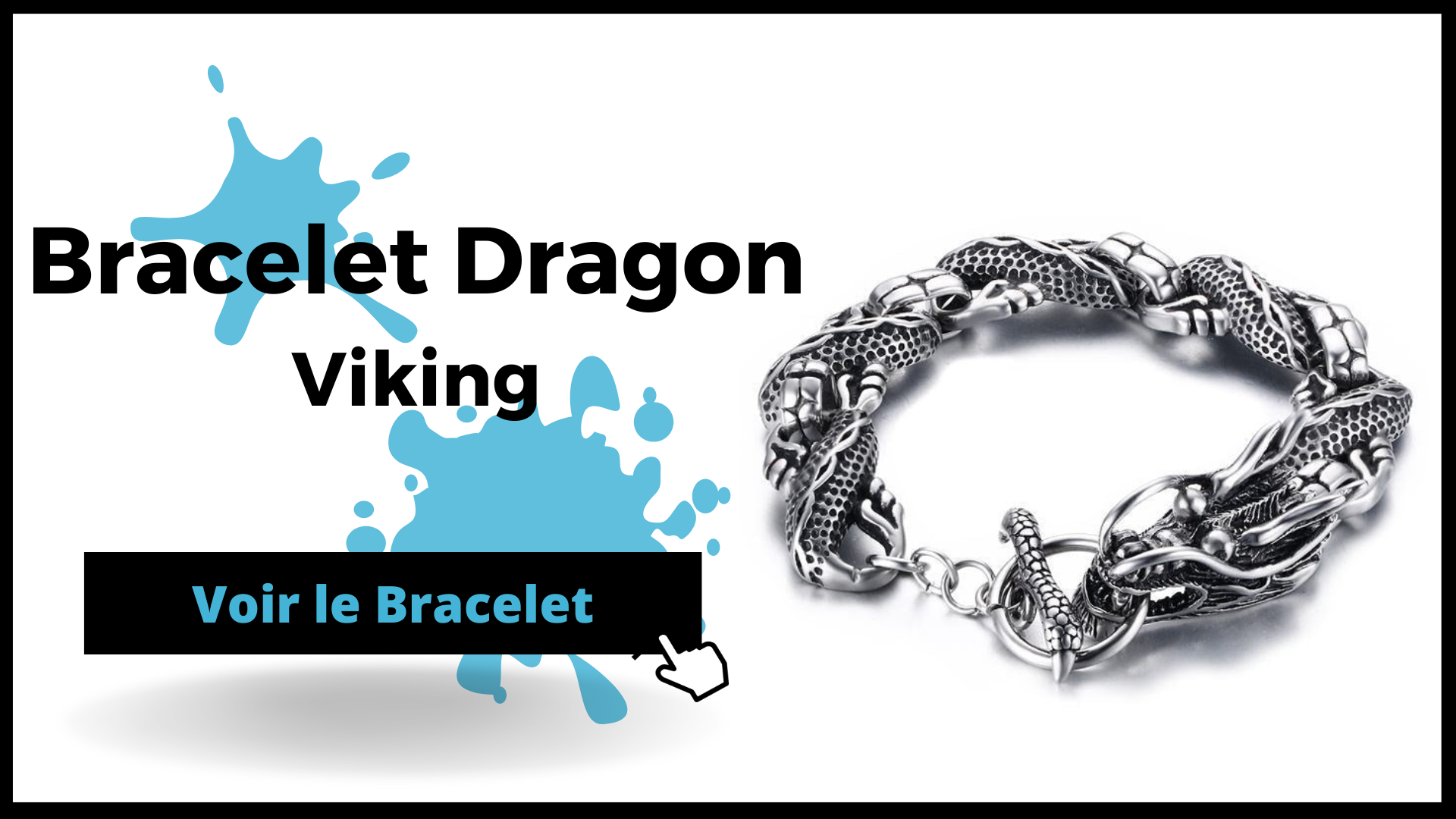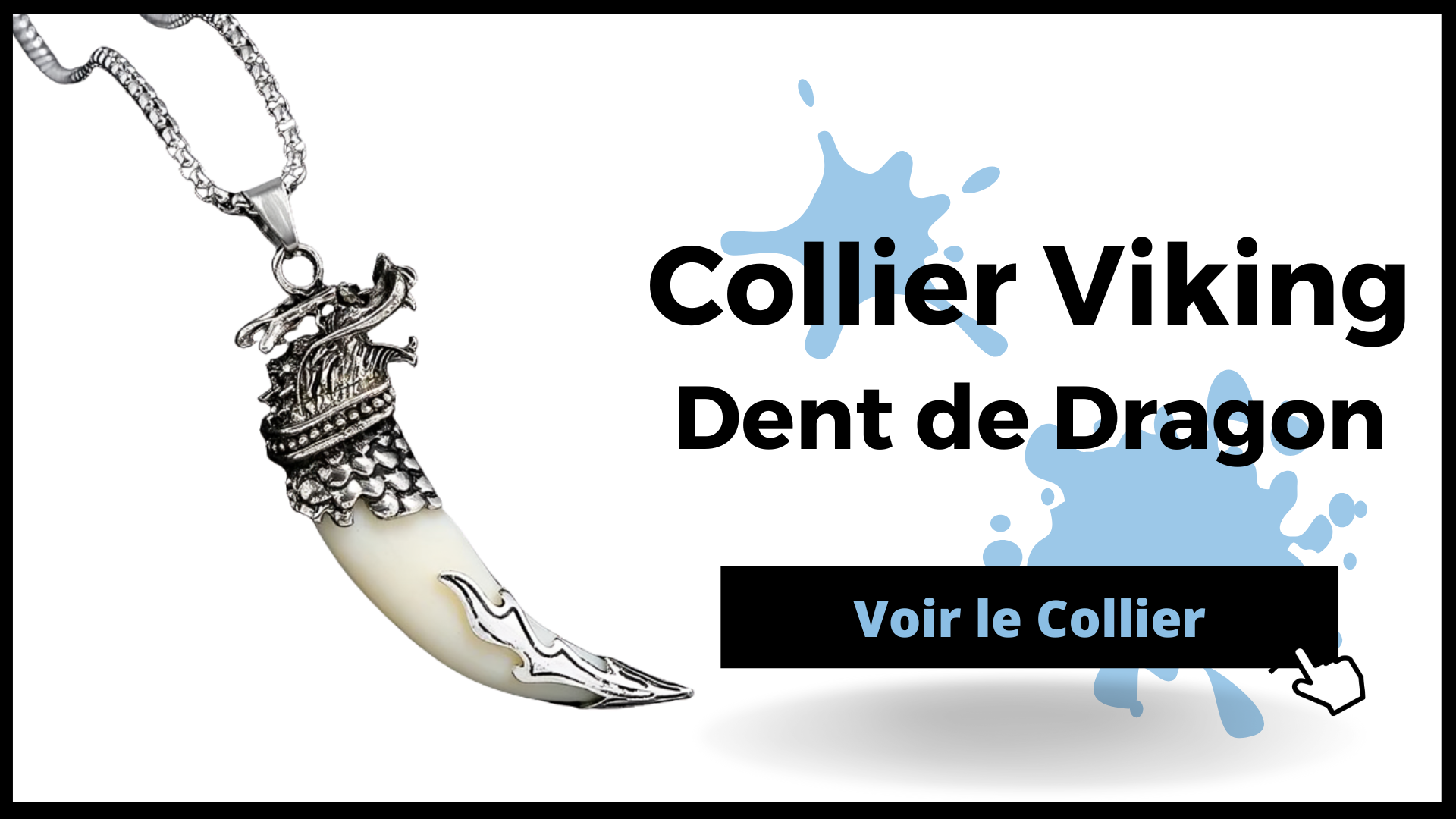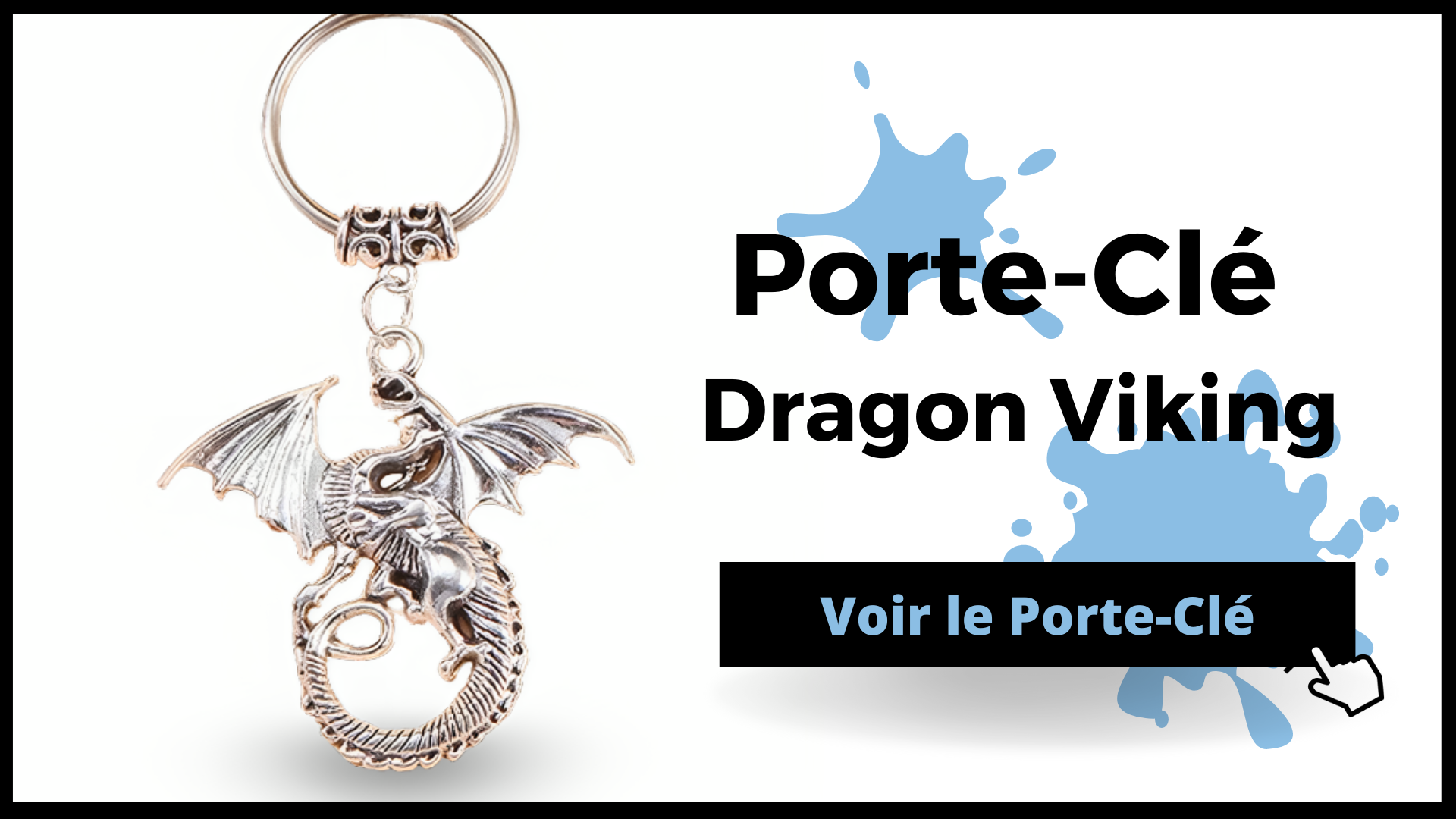Last edited on 05/06/2024
Ah, Vikings and dragons... Two subjects that conjure up epic images of bravery, adventure, and mystery. Whether you’re a fan of Norse legends, a fantasy lover, or simply someone looking for new discoveries, you’ve probably been captivated by the captivating aura of these two worlds. In this article, we’ll delve into the depths of Viking mythology and explore five must-know facts that shed light on the incredible connection between Vikings and dragons.
Fasten your seatbelts, because we are about to embark on a fascinating journey through the ages, where longships ply the turbulent seas and dragons reign supreme in distant lands.
1: The dragon in Norse mythology
In this first anecdote, let's dive into the heart of Norse mythology to discover the fascinating role of the dragon. The Vikings were fascinated by these mythical creatures, often considering them as symbols of power, wisdom or even danger. But what exactly was the status of the dragon in Norse mythology?
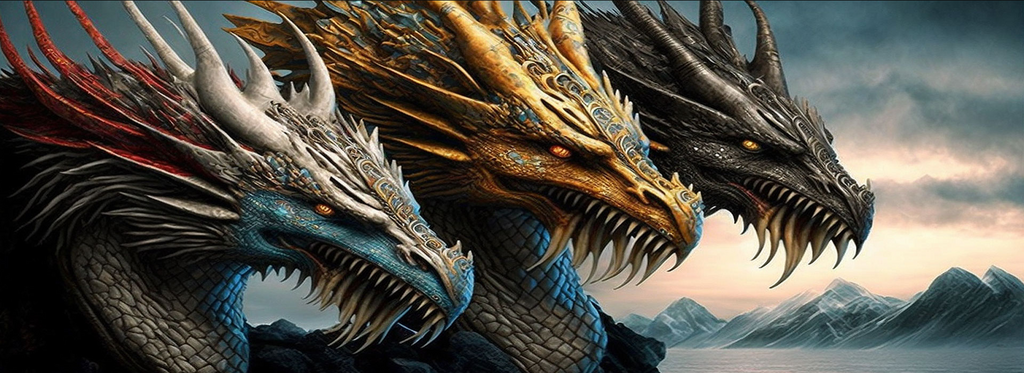
Dragons in Norse mythology were often depicted as serpents or winged reptiles, inhabiting the depths of oceans or the peaks of mountains.
These creatures were often associated with deities or forces of nature, and they played a crucial role in many epic tales. For example, the dragon Fafnir , from the legend of the Nibelungen , is one of the most famous figures in Norse mythology. His story, filled with betrayal, lust, and revenge, perfectly illustrates the complexity of the relationship between Vikings and dragons .
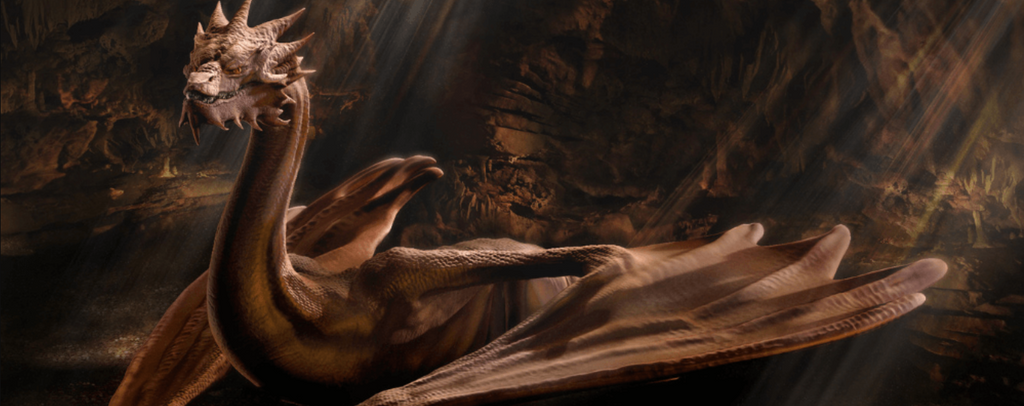
Through these stories, the Vikings expressed their fascination with the mysteries of the universe, while recognizing the dangers that surrounded them. The dragon, as a symbol of these dark and unknown forces, embodied both the fear and respect they felt for the world around them. Thus, the ubiquitous presence of dragons in Norse mythology speaks to the importance of these creatures in the Viking imagination, as well as their central role in the construction of their cultural identity.
This first anecdote gives us a fascinating insight into how the Vikings perceived dragons and the importance of these creatures in their mythological universe. But this is only the beginning of our journey through Norse legends. Hold on tight, because the stories that follow will take us even further into the twists and turns of Viking history and the secrets of dragons.
2: The dragon as a symbol in Viking art
In this second anecdote, let's dive into Viking art to explore how dragons were represented and interpreted in the artistic works of this fascinating era. The Vikings were not only fearsome warriors, but also talented artists, and dragons were among the most popular motifs in their crafts and decorations.
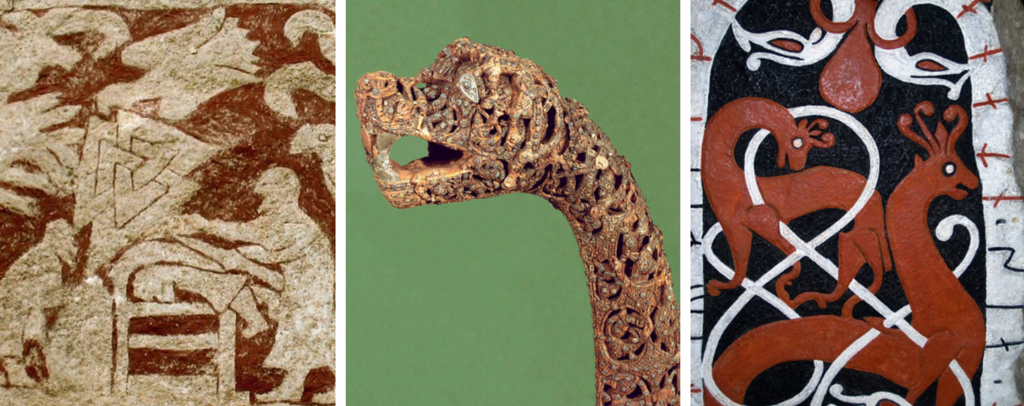
Artistic depictions of dragons in Viking art were as varied as they were spectacular. Viking longships , those famous warships, were often adorned with figureheads depicting grimacing dragons, their eyes blazing and their talons sharp. These figureheads, often carved with impressive attention to detail, were intended to inspire fear and respect in the Vikings ' enemies , while also embodying the power and bravery of Norse sailors.

Besides longships, dragons were also present in other forms of Viking art, such as sculpture, jewelry, and stone carving. There are many depictions of dragons in Viking jewelry , where these mythical creatures were often associated with symbols of protection or fertility.
In stone carving and engraving , dragons were often incorporated into intricate designs, depicting battle scenes, religious ceremonies, or mythological stories.
Through these works of art, the Vikings expressed their admiration for the strength and majesty of dragons, while emphasizing the importance of these creatures in their culture and spirituality. The artistic representations of dragons in Viking art thus offer us a fascinating insight into how these creatures were perceived and celebrated by the Vikings , and their central place in the collective imagination of this legendary civilization.
This second anecdote gives us a better understanding of the importance of dragons in Viking art and how these creatures were represented and interpreted by the artists of this time. But our exploration of the links between Vikings and dragons is far from over. Stay tuned for more captivating anecdotes on this fascinating subject.
3: Viking longships and their figureheads
In this third anecdote, let's dive into the world of the famous Viking longships to discover the importance of figureheads , often decorated with dragons, in Viking maritime culture. These iconic ships were much more than just means of transport; they were symbols of the Vikings ' power and bravery , and their figureheads were essential elements of their visual identity.
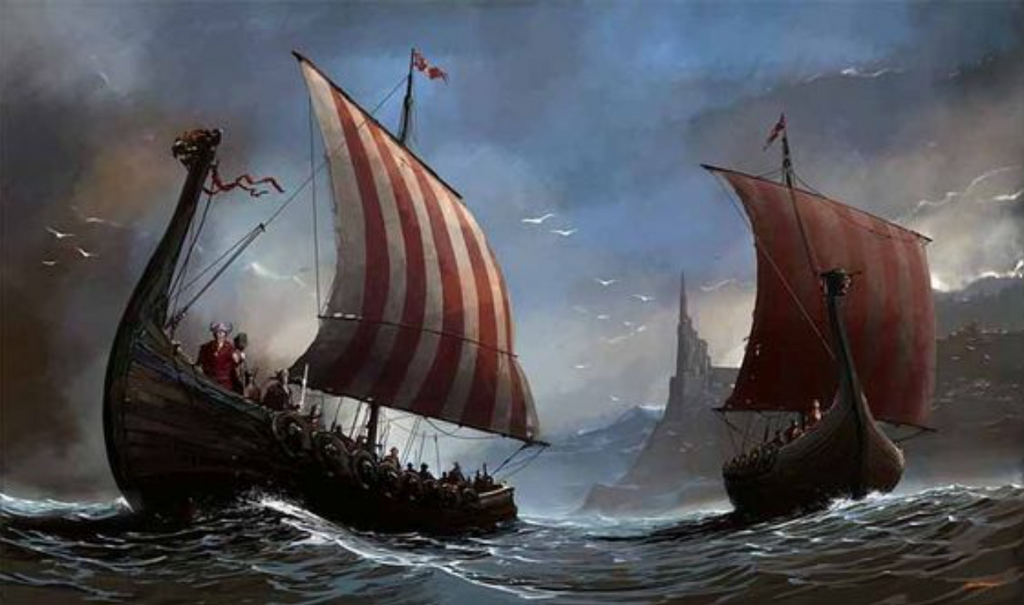
Viking longships were fearsome warships, used to explore new lands, conduct raids, and protect coastlines from enemy attack. These ships were often adorned with elaborate figureheads , depicting mythical creatures such as dragons, serpents, or birds of prey. These figureheads, often carved from wood or metal, were intended to impress and intimidate the Vikings' enemies , while symbolizing the strength and determination of their crews.
Longship figureheads were more than just decorative elements; they also had important symbolic meaning in Viking culture.
Dragons , in particular, were often chosen as motifs for figureheads because of their association with power and protection . By displaying dragon figures on their ships, Vikings hoped to benefit from the protection of these mythical creatures during their perilous voyages across the stormy seas.
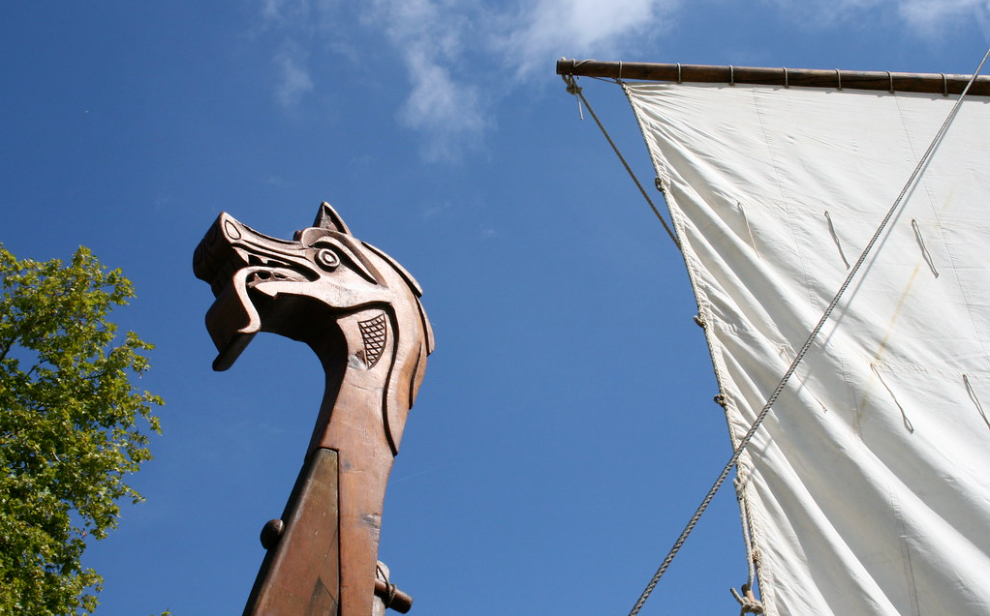
Thus, the figureheads of longships were much more than mere ornaments; they were living symbols of the Viking warrior spirit and cultural heritage. Their imposing presence on Viking ships testifies to the importance of dragons in Viking maritime culture, as well as their central role in constructing the visual identity of this legendary civilisation.
This third anecdote gives us a fascinating insight into the importance of figureheads, often adorned with dragons, in Viking maritime culture. Stay tuned for more captivating anecdotes on this fascinating topic!
4: Dragons in Icelandic sagas
Let’s now delve into the rich and complex world of the Icelandic sagas to explore how dragons were depicted and used in these epic tales. The Icelandic sagas are a set of narrative tales written in Iceland during the Middle Ages , describing the heroic exploits of the Vikings and Scandinavian peoples.
Dragons were recurring characters in many Icelandic sagas, where they were often presented as formidable adversaries for the heroes of the story. In these stories, dragons were often depicted as evil creatures, guardians of fabulous treasures or mysterious knowledge. The heroes often had to face these dragons during perilous quests, where bravery and cunning were their only weapons against these fearsome adversaries.
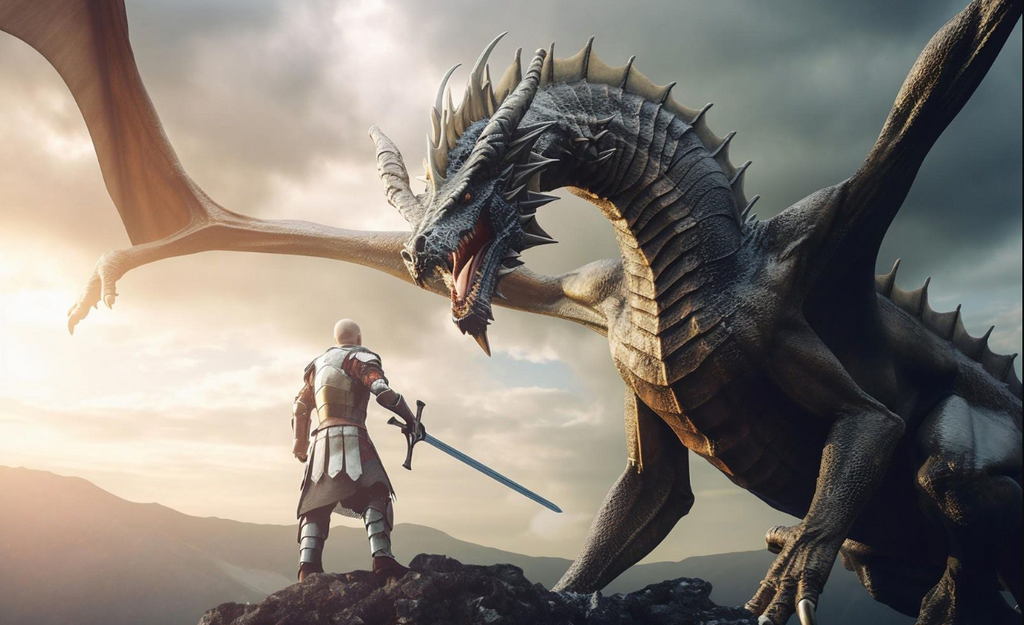
Among the most famous Icelandic sagas featuring dragons are the Fáfnir saga and the Völsunga saga. In these stories, dragons play a crucial role in the development of the plot, often symbolizing the obstacles that the heroes and heroines had to overcome. These dragons were terrifying creatures, endowed with magical powers and formidable intelligence, but they were also the guardians of fabulous treasures or secret knowledge, thus attracting intrepid adventurers to challenge them.
Through the Icelandic sagas, the Vikings expressed their fascination with dragons, while exploring universal themes of bravery, honor, and the quest for power. Tales featuring dragons were sources of inspiration for Viking warriors , inspiring them to pursue their own adventures and defy the dangers that awaited them.

Thus, the dragons in the Icelandic sagas were much more than just mythical creatures; they were living symbols of the challenges and aspirations of the Vikings , reflecting the values and beliefs of this legendary civilization.
This fourth anecdote offers us a fascinating insight into how dragons were represented and used in the Icelandic sagas, the epic tales that shaped the imagination of the Vikings and their descendants. But our exploration of the links between the Vikings and dragons is far from over...
5: References to dragons in the TV series "Vikings"
Let’s dive into the captivating world of the TV series “ Vikings ” to discover how dragons are integrated into this modern epic tale. “ Vikings ” is a historical television series that explores the legendary exploits of legendary Viking leader Ragnar Lothbrok and his family, as well as the political intrigues, epic battles, and complex relationships that characterize this tumultuous era.
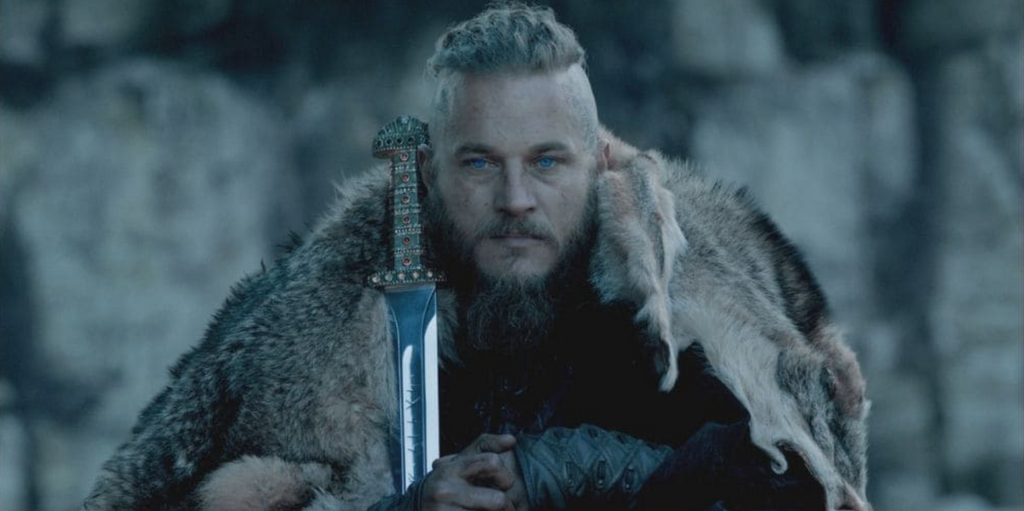
Although the Vikings series is primarily grounded in historical reality, it also incorporates elements of mythology and fantasy, particularly through references to dragons. One of the most iconic characters in the series is the character Ragnar Lothbrok , who is often associated with symbols of power and wisdom, including the dragon. In the series, the dragon is often used as a symbol of Ragnar 's determination and ambition, as well as his deep connection to the mystical and spiritual forces that govern the world.
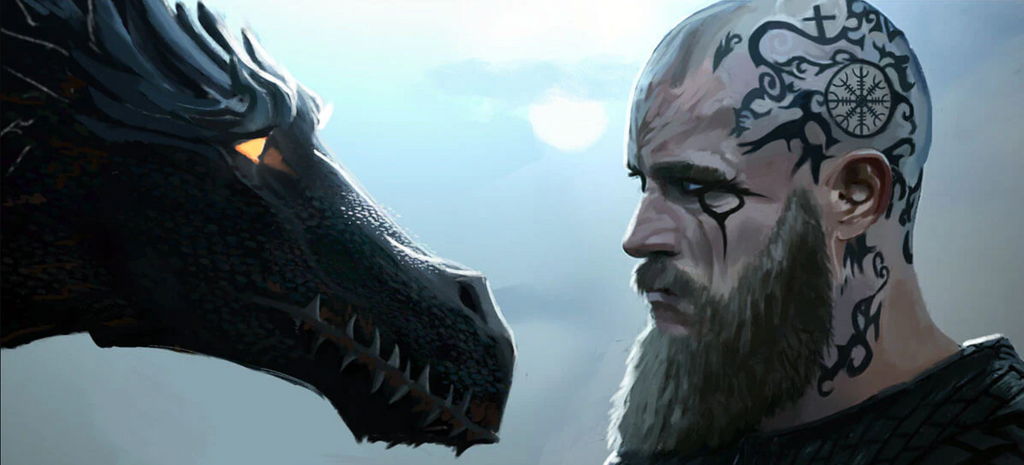
Dragons in " Vikings " are also used to represent larger ideas, such as the struggle between good and evil, power and responsibility, and destiny and free will. The stories featuring dragons in the series are often complex and nuanced, offering viewers a deep reflection on universal themes that resonate throughout the ages.
By incorporating references to dragons into its narrative, “ Vikings ” offers a new perspective on Viking history, while honoring the rich and complex legacy of this legendary civilization. The dragons in the series are more than just mythical creatures; they are living symbols of the characters’ aspirations, struggles and triumphs, and they embody the indomitable spirit and immortal legacy of the Vikings .
We have now finished revealing our juicy anecdotes to you, it's time to conclude!
Conclusion
And so, dear adventurers, we have come to the end of our epic journey through the twists and turns of Viking history and mythical tales of dragons. We have explored five fascinating anecdotes that illustrate the incredible connection between Vikings and these mythical creatures, from the earliest depictions in Norse mythology to modern references in the television series " Vikings ".
Through these anecdotes, we discovered the Vikings ' deep fascination with dragons, as well as the importance of these creatures in their culture, spirituality and collective imagination. Dragons were much more than simple monsters in Viking stories; they were the guardians of fabulous treasures, the protectors of heroes, and symbols of the Vikings ' bravery and determination .
With that, dear readers, we thank you for joining us on this epic adventure. May your own journey through the mythical lands of Vikings and dragons be as rewarding and captivating as ours. See you soon, and remember: adventure awaits you at every turn, so don’t hesitate to set out to discover new horizons and follow in the footsteps of the legendary heroes who have marked the history of our world.
Thanks for reading until the end, see you next time!
-DragonFinity


